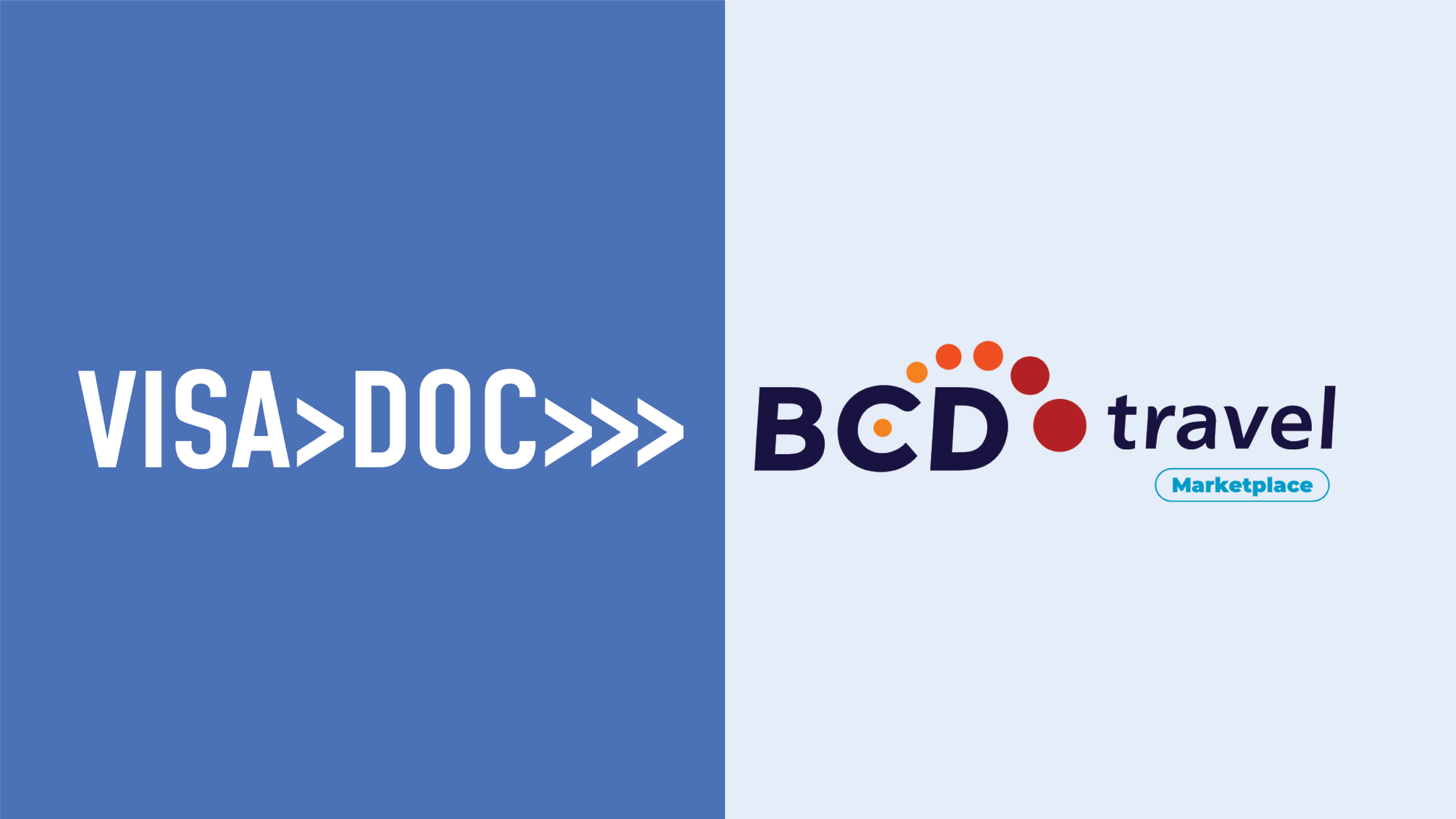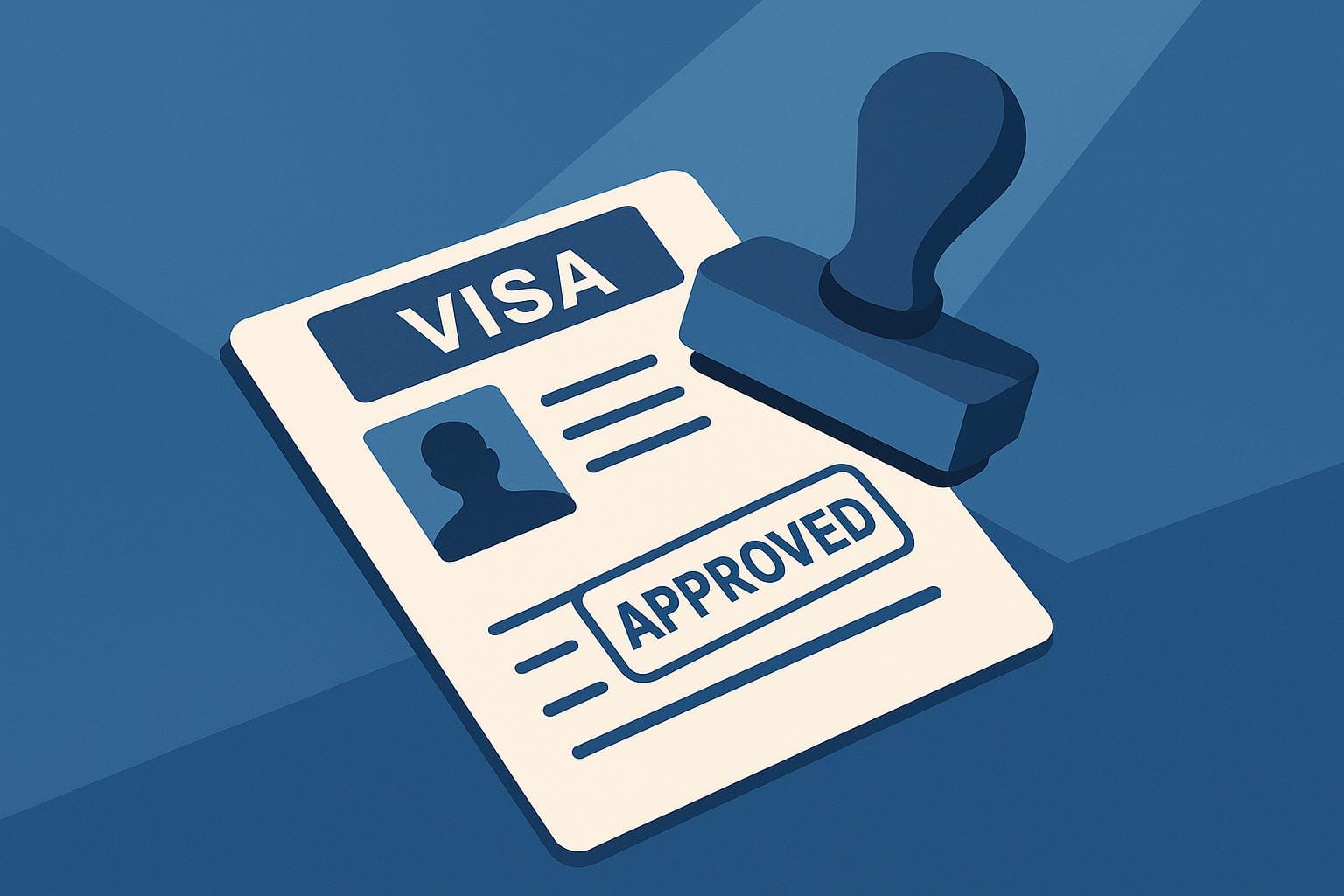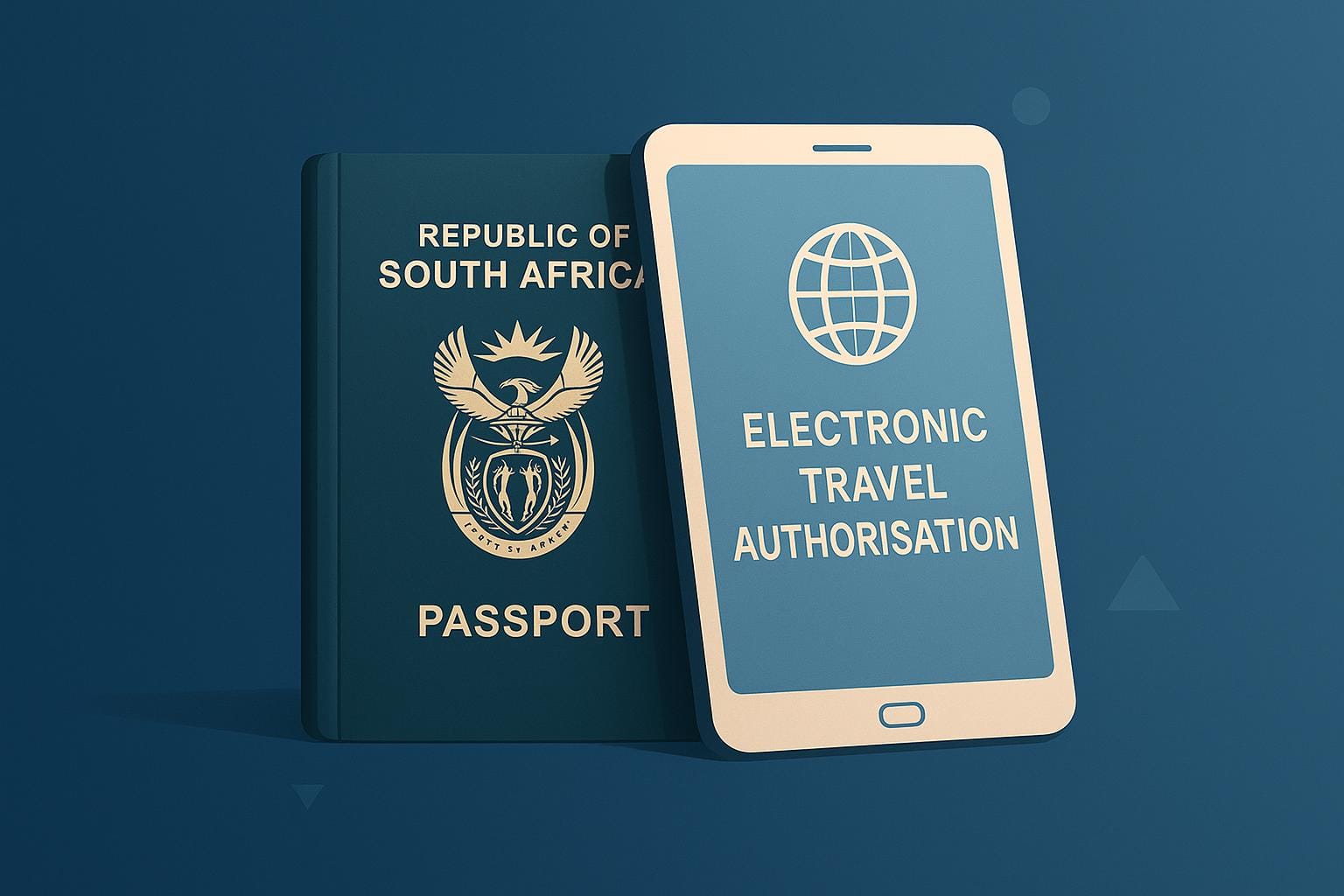Delays in business visa processing can disrupt global operations. Here's how you can tackle them effectively:
-
Key Causes:
- Errors in documents (e.g., incorrect passport info, non-compliant photos).
- Seasonal spikes in applications (e.g., summer holidays or major events).
- Dependencies on third parties (e.g., medical exams, language tests).
- Changing embassy regulations and lengthy verification processes.
-
Solutions:
- Prepare Documents: Use tools like VisaDoc for checklists and digital backups.
- Apply Early: Avoid peak periods and plan around location-specific wait times.
- Leverage Automation: Platforms like VisaDoc reduce errors, track applications, and improve compliance.
- Train HR Teams: Equip staff with visa knowledge and standardised procedures.
-
Quick Wins:
- Double-check all paperwork before submission.
- Use digital tools for real-time updates and compliance checks.
- Centralise visa management for streamlined processes.
Main Causes of Visa Processing Delays
Understanding what causes visa delays can help organisations plan better for international travel. Here are some common issues that often slow down the visa application process.
Document Errors and Missing Files
One of the most frequent problems is mistakes or missing details in the required paperwork. Examples include incorrect passport information, poor-quality passport scans, non-compliant photos, or forgetting to include necessary supporting documents. These errors can lead to immediate rejections or requests for resubmission. Embassies often reject smartphone photos, as they rarely meet the required standards. For Points-Based System (PBS) visas, even small inaccuracies or delays in verification can significantly extend processing times. On top of this, busy seasons can add extra pressure to the system.
Peak Season Processing Times
Certain times of the year see a surge in visa applications, which can cause delays. For example, during summer holidays (June to August) or around large international events, embassies often experience bottlenecks. To avoid these issues, organisations should submit applications as early as possible during these periods.
Processing System Limitations
Visa processing systems come with their own set of challenges. Regulations at embassies and consulates can change unexpectedly, while external factors like scheduling language tests or medical exams often operate on separate timelines. These factors can further complicate and delay the process.
Solutions to Speed Up Processing
Here’s how to make business visa processing more efficient with practical strategies.
Getting Your Documents Ready
VisaDoc offers checklists and verification tools to help you organise your paperwork accurately and efficiently.
Here are some key steps to follow:
- Double-check passport details, especially expiry dates and personal information.
- Make sure passport photos meet the required specifications.
- Keep digital backups of all important documents.
- Assign a clear internal point of contact to handle immigration matters.
Once your documents are in order, focus on timing your application to minimise delays.
Timing Your Application
Submitting your application at the right time can significantly reduce waiting periods. Processing times can vary widely depending on the location. For example, while London has an 82-day wait for US business visas, other locations are much quicker:
| Location | Wait Time | Ideal For |
|---|---|---|
| Kuwait | 4 days | Middle East travel routes |
| Hong Kong | 7 days | Asian business hubs |
| Frankfurt | 25 days | European operations |
VisaDoc's scheduling tools can help you pinpoint the best submission dates. Once timing is optimised, consider using digital tools for better control over the process.
Using Digital Tools to Stay on Track
Digital solutions are essential for avoiding errors and managing seasonal processing peaks. VisaDoc’s platform offers features designed to simplify visa management:
- Smart Form Validation: Flags common errors before you submit.
- Document Library: A central hub for frequently used documents.
- Status Tracking: Get real-time updates on application progress.
- Compliance Checks: Automatically ensures your application meets current visa requirements.
These tools can help you avoid mistakes and keep the process running smoothly.
HR Visa Process Automation
Automating visa processes simplifies operations, reduces errors, and ensures better compliance while saving time.
Single-Platform Management
VisaDoc offers a centralised platform that allows HR teams to handle multiple visa applications while staying on top of compliance. Its AI-driven features manage document processing and workflows, significantly reducing administrative burdens. In fact, recent data shows a 29% drop in administrative tasks thanks to such tools.
Some standout features tailored for HR teams include:
- Smart workflow routing designed for HR needs
- Compliance checks tailored to specific departments
- Tools for managing timelines and deadlines
- Tracking visa requests across departments
"Organizations that adopt HR automation technologies can reduce operational costs by up to 17% and achieve a 14% increase in productivity." - Deloitte
This unified system also lays the groundwork for seamless integration with other HR tools.
HR System Connection
By linking visa management tools to existing HR systems, workflows become more efficient, eliminating duplicate data entry and reducing errors.
Companies adopting automated HR processes have experienced measurable benefits:
| Improvement Area | Impact |
|---|---|
| Administrative Time | 60–80% reduction |
| Operational Costs | 22% average decrease |
| Processing Time | 50–70% faster |
To make integration work smoothly:
- Keep digital copies of essential documents and follow standardised submission protocols
- Set up clear channels for immigration-related communication
- Offer regular training on visa policies to key stakeholders
With integration in place, data synchronisation becomes automatic, improving accuracy. For businesses managing international assignments, the platform adjusts to regulatory changes, ensuring compliance with local laws.
"Companies that have automated their HR processes reported a 50% reduction in errors related to payroll and benefits administration." - PwC
Success Stories and Tips
UK Company Success Story
A UK-based client dramatically improved their visa processing efficiency with VisaDoc's automation solution. Before adopting the system, their application reviews relied heavily on manual processes:
| Metric | Pre-Automation | Post-Automation |
|---|---|---|
| Review Time | 10–20 minutes | 17 seconds |
| Process Accuracy | 85% | 100% |
| Staff Efficiency | Base level | 56% increase |
| Cost Impact | Standard staffing | One FTE reduction |
| Error Rate | 15% | 0% |
The results speak for themselves. By cutting review times and eliminating errors, the company not only saved time but also reduced staffing costs, showcasing how VisaDoc can transform visa processing workflows.
Top Tips for Fast Processing
Want to speed up your visa processing? Here are some practical strategies to help:
- Leverage VisaDoc's Automation: Simplify application management and ensure compliance with automated verification tools.
- Standardise Documentation: Set clear submission guidelines across departments to avoid delays.
- Invest in Staff Training: Keep HR teams informed about visa rules, document requirements, and how to use the VisaDoc system effectively.
- Track Key Metrics: Monitor processing times, error rates, compliance issues, and costs per application to spot areas for improvement.
- Plan Ahead: Use VisaDoc's predictive analytics to prepare for peak periods and allocate resources efficiently.
Conclusion
Managing visas effectively is crucial for global business success. Using automation alongside expert guidance helps streamline processes, save resources, and ensure compliance with complex immigration laws.
Avoiding visa delays requires a forward-thinking approach. Automated verification, standardised documentation, and clear communication can help reduce delays and keep business operations running smoothly.
VisaDoc’s platform demonstrates how automation can transform visa management by:
- Reducing manual tasks
- Preventing verification errors
- Improving communication between stakeholders
- Ensuring compliance with regulations
The future of visa processing is moving towards automated, integrated systems that keep pace with changing immigration rules while remaining efficient and accurate. By adopting these advanced solutions and expert-led strategies, businesses can support international growth and smooth employee mobility.
"Travel and global mobility managers who stand by their employees will not only contribute to a more positive experience but also make the process more efficient, preserving the company's precious time and money."
For businesses aiming to refine their visa management, the path forward involves embracing automation, sticking to standardised procedures, and providing strong support for employees on international assignments. This approach not only simplifies operations but also ensures a better experience for employees during global transitions. Leveraging these tools is key to achieving seamless international operations.













